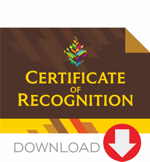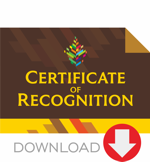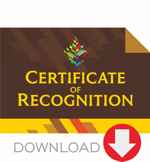Metals Consentrations and Bioconcentration Factor (BCF) in Surface Water, Sediment and Economic Fish Species from Wadaslintang Multipurpose Dam, Wonosobo, Indonesia
Building: Java Heritage Convention
Room: Room I
Date: 2018-11-06 16:15 – 16:30
Last modified: 2019-04-25
Abstract
The Wadaslintang multipurpose dam has the potential to experience water quality degradation due to anthropogenic activities. This study aimed to analyze the heavy metal concentration of Cd, Pb, Cu, and Zn in water, sediment, economical fish, and calculate the bioconcentration factors. Selection of sediment and water samples was based on a purposive random sampling method representing floating net cage cultivation areas, dam inlets, and outlets from research stations. Fish samples were obtained from traditional fishers and floating net cage farmers. The results showed the average concentration of heavy metals in sediment > average concentration in fish > average concentration in water. The range and mean concentration of Pb, Cd, and Cu in water exceeded the second-grade quality standard of Peraturan Pemerintah Republik Indonesia Nomor 82 Tahun 2001, while those in sediments that exceeded the low-value limit according to ANZECC/ARMCANZ (2000) was cadmium. The concentration of lead and cadmium in fish samples exceeded the maximum limit of heavy metal contamination regulated by SNI 7387: 2009. Based on the value of bioconcentration factor (BCFo-w), the ability of fish in accumulating heavy metals in water was in the order of Zn > Cd > Cu > Pb.

Diana Retna Utarini Suci Rahayu

Sutrisno Anggoro

Tri Retnaningsih Soeprobowati